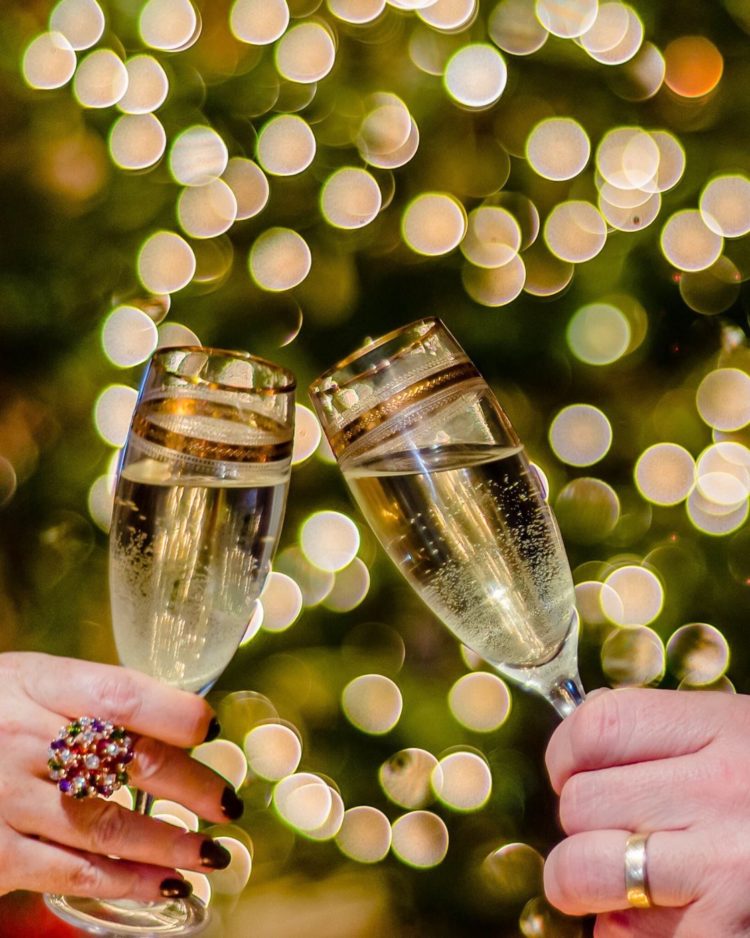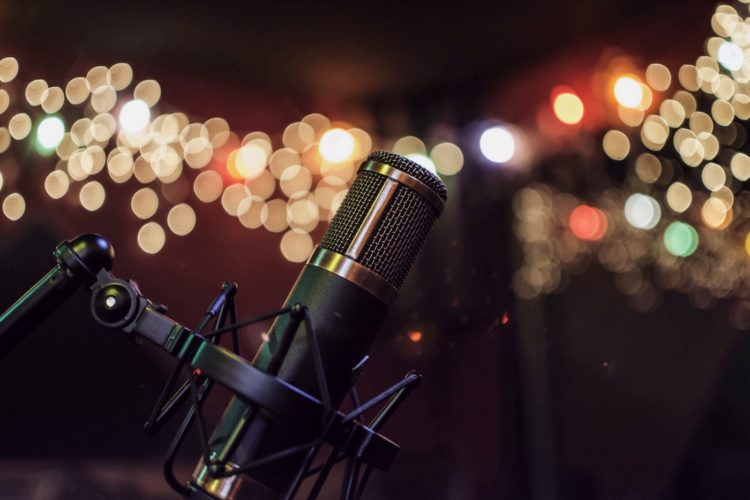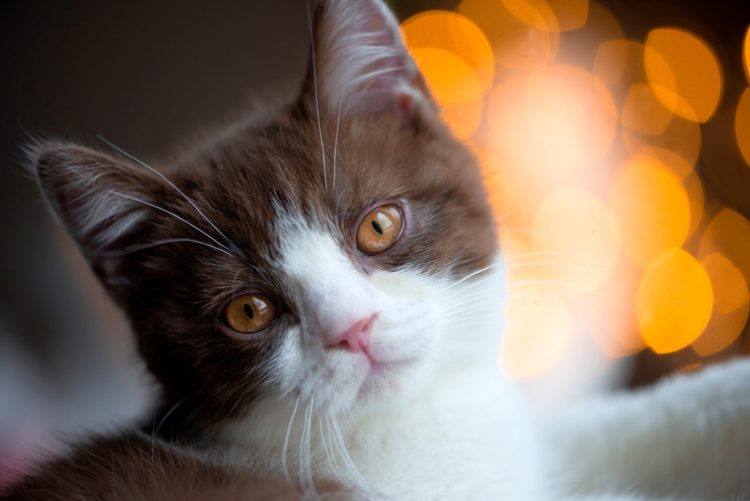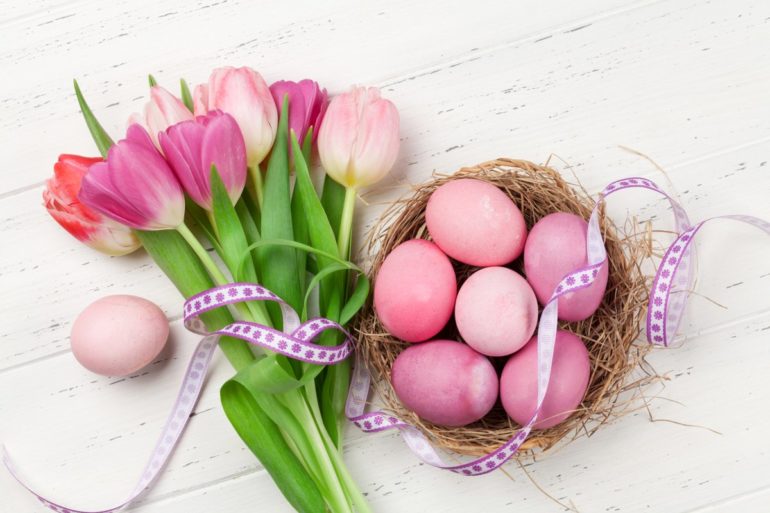What is bokeh photography?
You might have heard it mentioned somewhere and wondered: What is the photographic effect “bokeh” exactly — and how can you get it with your camera?
Not a bouquet
Bokeh, pronounced like bow (as in bow and arrow) keh (as in the name “Kenneth”) is the term for the blur — or more accurately, the quality of the blur in the out of focus parts of a photograph.
You’ll notice this most around background reflections — or those in the foreground, if it’s out of focus — and light sources.

A beautiful blur
See those neat round shapes in the background of the photos on this page? That’s bokeh.
Okay, so where does it come from?
I could copy and paste the Wiki article on bokeh and make your head spin with talk of circles of confusion, spherical aberration, and so on and so forth… but you probably came here from there because it didn’t make any sense. So here’s the easy version, without having to take Optics 101.
In the out of focus parts of the image, each little point of light turns into an image of the aperture, or opening of your lens.


Since lenses are round, and the aperture blades form a round-ish disc (some lens aperture rings are more round than others — more on that in a minute), those kind, gentle points of light become little circles of light.
The more open your aperture (smaller number, letting more light in), the shallower your depth of field, the more noticeable bokeh becomes.
Fantastic! How do I get it in my photos?
I’m going to go ahead here and assume that if the last section wasn’t explanation enough, that you’re a bit new to this whole photography thing. That’s okay!
The first thing to look at here is what kind of camera you have. If you don’t have a DSLR (the kind with interchangeable lenses), this probably won’t work for you. Point and shoot cameras generally aren’t capable of providing the shallow depth of field needed to produce bokeh, unfortunately.

So assuming you have a DSLR (or old-school SLR), here are some basic, basic steps:
Select a long-ish lens: No, don’t get out the tape measure, I mean focal length. Try around 85mm or so. If you’ve got a zoom, just start out with it at 85mm or higher.
Set your camera for aperture priority exposure: If you’re used to using program modes, that’s okay. This is still a “semi-automatic” exposure, where you pick the f-stop and the camera selects the appropriate shutter speed.
If you’ve got a Canon, you’re probably looking for the “Av” setting on the dial. On Nikon and Sony camera, it’s simply marked as “A”. (If you can’t find it, or have another brand, check your manual. It’s in there.)

Open ‘er up: Spin that little dial till you get the biggest aperture possible. Here’s where it gets a bit confusing: smaller number = bigger opening. Most zoom lenses will top out between f/4 to f/5.6 at the long end.
Try it: Go find some stuff to take pictures of. Remember, bokeh is most noticeable when there is a light source in the background. It doesn’t have to be an actual light, some dappled sunlight will work just fine, as seen in a couple of of the photos here.
Another option is to try what some might call a trick lens — better termed a “creative effect lens.” For an example, take a look at the (rather cool) Lensbaby, which can be customized to your taste by combining different lenses with a variety of different optics and converters.
Again, these are some pretty basic guidelines and instructions. It will take some experimenting on your part to see what works, what doesn’t, what looks good, and what doesn’t. Which brings us to…
Good bokeh, bad bokeh
Remember how I said some aperture rings are rounder than others? Well, that’s because the lens uses a series of “blades” to form a ring that can close down to make a smaller and smaller circle. However, since the blades have straight edges, no aperture ring can ever be truly round.

Inexpensive lenses tend to have fewer blades, thus those lenses tend to have bokeh that is more “geometrical” in shape rather than circular.
This is a matter of taste, of course, but generally “rounder” bokeh is considered nicer or more attractive. Don’t let this stop you from trying to incorporate it into your photographs if you like it, however. Like any art form, beauty is, after all, in the eye of the beholder.
Final thoughts
This is an interesting topic to present, as bokeh isn’t something easily controlled by the photographer, it’s a product of the lens and how it shapes the out of focus light.
All you can really do is take steps to introduce it, if your lens renders it in a pleasant manner, or steps to avoid it if your lens renders it in an unpleasant manner.

I could provide a list of lenses that make for good and bad bokeh, but manufacturers tend to shake up their lineups every few years, so this would quickly be obsolete.
A good bet is to go somewhere like Flickr to see a whole host of images (and information about the cameras used to capture them), and make your own decisions based on your own aesthetic sensibilities.
Most importantly, however, shoot. Shoot. Keep shooting. Shoot more. Look at what you got. Then go shoot again.
Digital photography is a wonderful invention for the amateur as well as the professional, in that you never have to worry about how much it’s going to cost to develop your photos. So go take 200 frames playing with your settings to see what bokeh looks like on your various lenses.
This goes for your photography in general. You can’t master a musical instrument by reading about it online, and you can’t do that with a camera either. Get out there, give it a try, and enjoy experimenting. You might amaze yourself!







